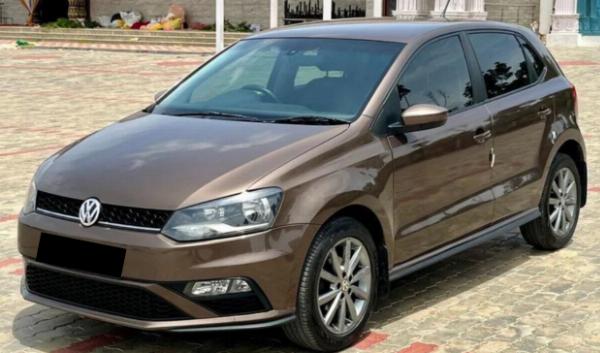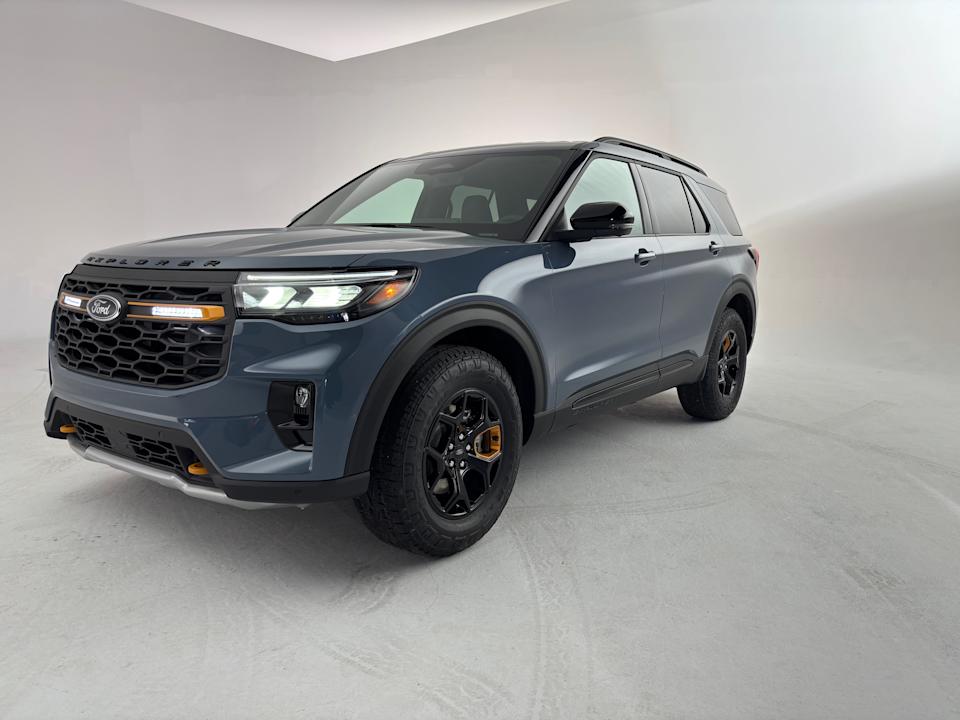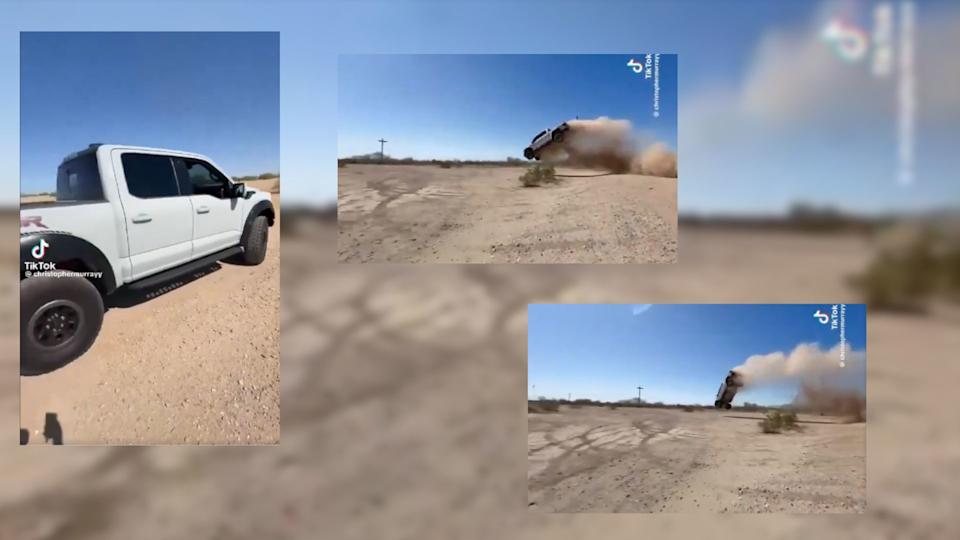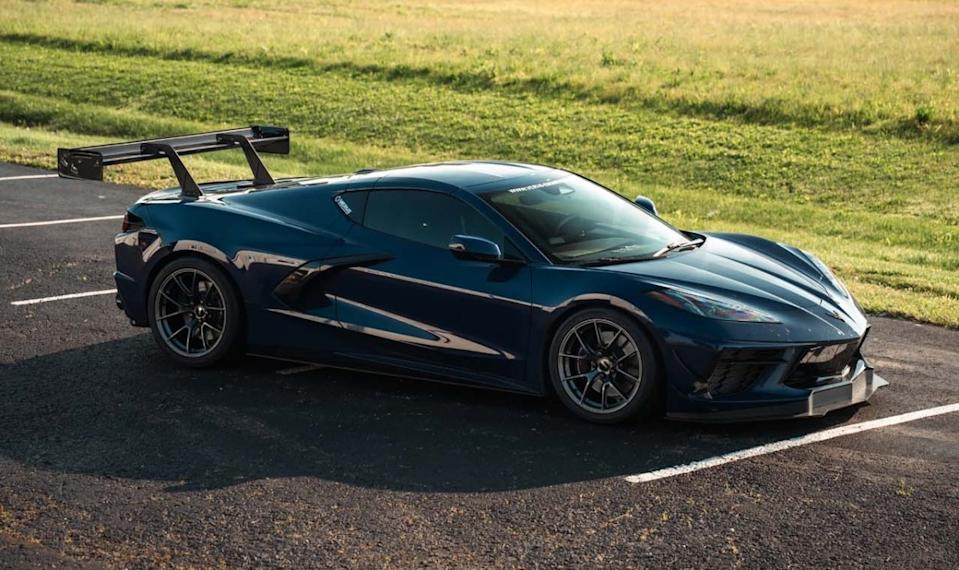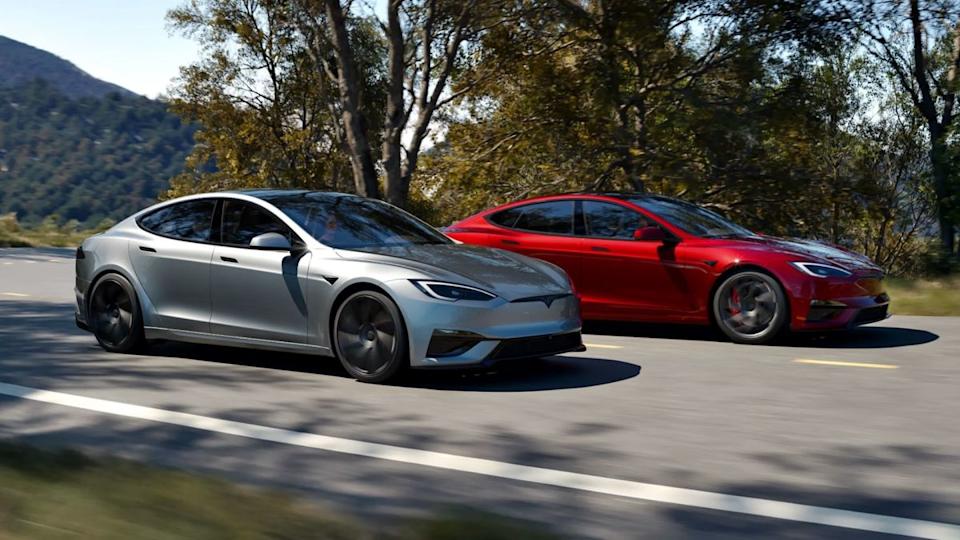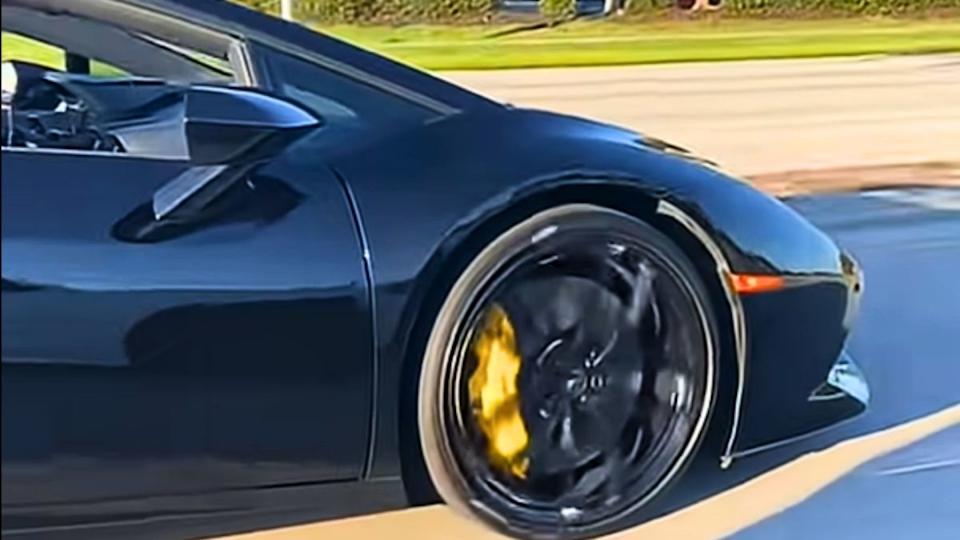Ford Isn’t Going to Like the 2025 Hyundai IONIQ 5 XRT’s Price and Rugged Looks
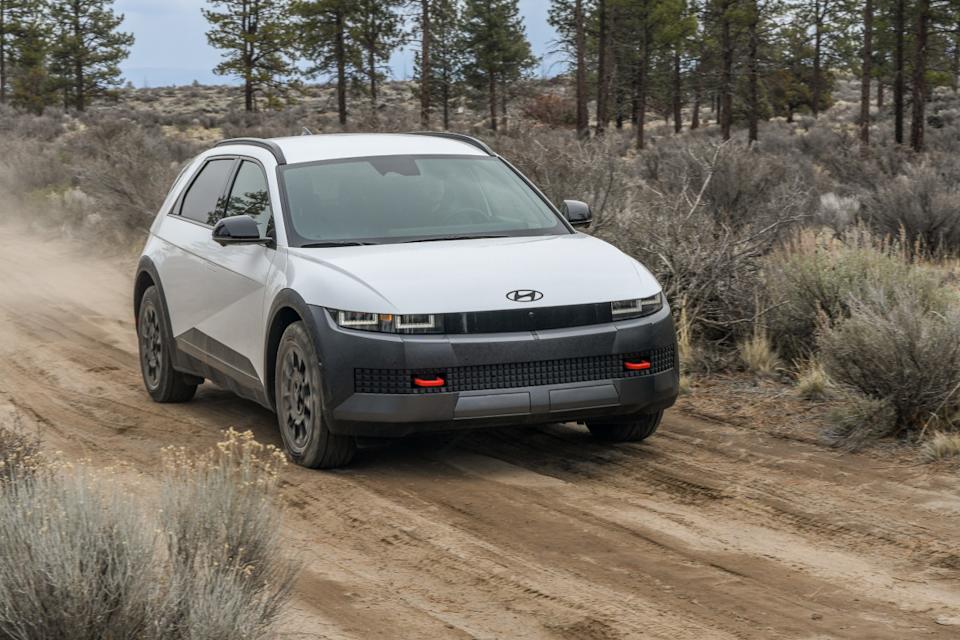
Ford Isn’t Going to Like the 2025 Hyundai IONIQ 5 XRT’s Price and Rugged Looks originally appeared on Autoblog.
Ready or not, off-road-ready EVs are here
For a lot of people I know, when you say “off-road” and “EV” in the same sentence, the first thing they typically ask is, “Aren’t you worried about running out of battery while you’re in the middle of nowhere?” Or, they’ll say something along the lines of, “I definitely wouldn’t trust an EV off-road.” I hate to say it, but I was one of those people. Until I reviewed the Hyundai IONIQ 5 XRT, which pushed me to become almost obsessed with the development and success of off-road-ready EVs. Especially when a Rivian won the notoriously difficult and very remote Rebelle Rally event, and it was the first EV to do so. It showed me (and many others) that EVs belonged in the off-road space, and weren’t as fragile as most people assumed.
 Kristen Brown
Kristen BrownView the 2 images of this gallery on the original article
Don’t get me wrong, the Hyundai IONIQ 5 XRT is no Jeep Wrangler. It’s not going to rock crawl, climb crazy vertical hills, or go deep into any remote forest or desert. Its low ground clearance will make sure of that. However, it worked amazingly as a scouting car while I had it. I was able to log cool trails into my phone to take my Jeep on later. It felt like a peppy, roomy, and very fun rally car, especially when you get the back end loose on the gravel. It’s quick, but not blindingly fast, the brakes are sharp, the turning is responsive, and I never left the driver’s seat in a bad mood. Even if I was going to the grocery store or bringing my husband some lunch.
The Ford Mustang Mach-E Rally, however, is what the XRT is, but on steroids. It’s lifted, has more aggressive off-road-oriented drive modes, quite a bit more horsepower, two more inches higher ground clearance, and truer rally-esque styling. So, why should Ford be nervous about the little Hyundai EV? Two “P” words come to mind: Price and personality.
The Hyundai’s design language is a lot more fun
If I were to describe the looks of both EVs as a genre of music, I feel like the IONIQ 5 XRT would be upbeat techno or EDM music. Its square LED headlights, pixel-y texturing on the black exterior wheel well cladding, front and rear bumpers, and interior accent pieces give the Hyundai a quirky character and help separate it from other off-road EVs. It brought energy, excitement, and an unexplainable buzz into the cabin.
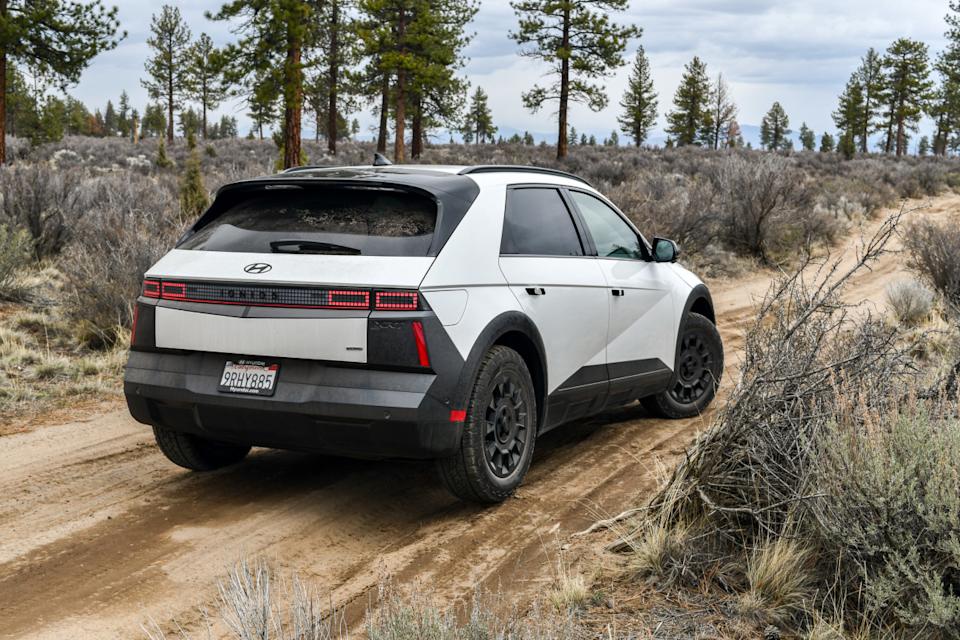 Kristen Brown
Kristen BrownThose looks paired with the burly Continental CrossContact AT tires that come with it from the factory, immediately reminded me of the old Australian 4x4 videos I’d watch on YouTube, where the spotter was barefoot, shirtless, and on his 14th beer of the night, dancing while instructing a driver over a tough obstacle. Or when Michael Scott rolled into the frame in his convertible PT Cruiser listening to Lady Gaga. These examples are my way of saying that whatever you plan on doing with the IONIQ 5 XRT, you know it’s going to be a fun time.
The Ford looks lean a lot more on the motorsports angle. Regardless of what color you buy it in, it comes with two matte black racing stripes down the hood and down the trunk, beautiful rally-inspired wheels, and an interior fit for an autocross track. The seats are bolstered to the extreme, designed to keep you steady while you fling mud, dirt, or gravel.
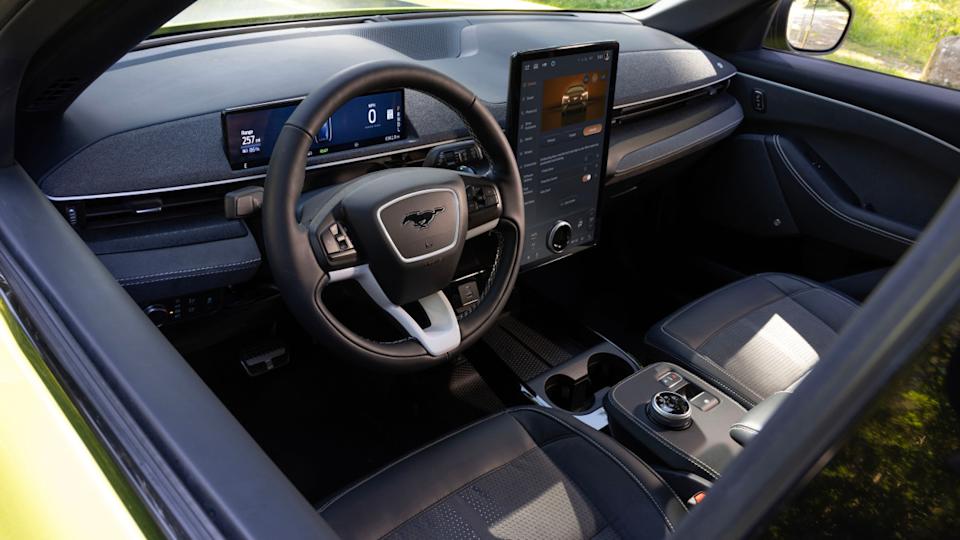 Ford
FordThere’s an interesting mix of microfiber, fabric, and leather on the inside that I couldn’t help but dread to clean if you left the windows down while driving off-road. The Hyundai’s interior is much simpler, with standard seats, easy-to-clean matte black surfaces, and cargo mats all around. The Mustang takes itself much more seriously than the Hyundai does, which isn’t necessarily a bad thing—it’s much more than an appearance package.
The XRT made for a charming family hauler
My two toddler girls were very easy to pack into the Hyundai. The lower anchors were easy to find and secure to the seat buckles, and the top tether was on the back of the seat, though accessing it did require climbing into the trunk (which was much larger than I expected) to tighten it. Once the seats were in, I won’t lie—I wished it had a sunroof. My daughters love looking out of the sunroof, especially while we’re going off-road, but they did enjoy the large windows in the back. My oldest daughter’s favorite feature, however, was how quick the Hyundai was in Sport mode. She was regularly asking me to go “fasser.”
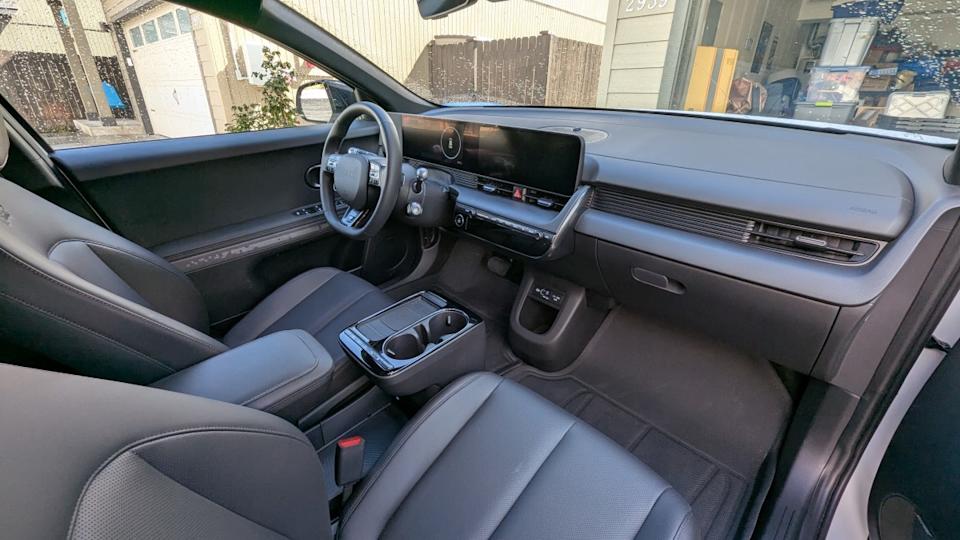 Kristen Brown
Kristen Brown The lack of a transmission tunnel made the interior incredibly spacious, and Hyundai was very clever to include several cubby holes, shelves, sleeves, and other places to keep my things. The sliding center console (up to 5 inches forwards or backwards) became one of my favorite center console features ever because I could create more space in the front or for rear passengers easily. When it came time to film and take pictures of it, I was able to keep my camera gear on the shelf built into the center console, move it back a bit, and then have my filming bag in front. All of those items, which normally take up a good portion of a car’s trunk, took minimal effort to store, and having everything up front made it so much easier to film and photograph.
The rear seats are spacious in the Mustang Mach-E, too. I liked the display quality in the giant touchscreen, the digital gauges were responsive and vibrant, and the driver’s seat was insanely comfortable. However, I enjoyed the layout of the Hyundai a bit more. It felt more intuitive and less like it was trying hard to be a race car. However, I acknowledge that this is a matter of personal preference and not something to take clinically. I wasn’t as scared that my toddlers to spill things as I was in the Mach-E, either.
Pricing is a big separator, too
Since the Ford is much more of a true rally-inspired build, it’s obviously more expensive. The starting price is $60,990 and increases to $64,585 if you opt for the Star White metallic tri-color paint, power cord, and a three-year subscription to BlueCruise. However, it does boast 480 horsepower, a range of approximately 265 miles (thanks to all-wheel drive), and a relatively quick charging speed. The AWD Hyundai starts at $55,500 and has a typical range of around 280 miles. The Hyundai, though, is the only one of the two that still qualifies for the $7,500 federal EV tax credit when you buy one. The Mustang only applies for the credit if it’s leased. The IONIQ 5 is now built in the company’s Georgia plant, while the Mustang is built in Mexico.
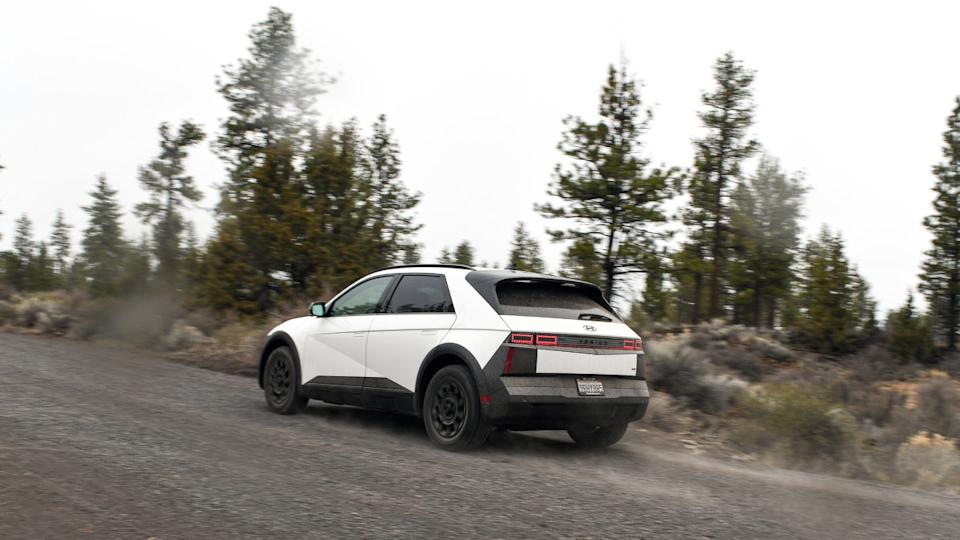 Kristen Brown
Kristen BrownDepending on the state in which the Hyundai is bought, the tax break can be applied and used as a down payment, used to reduce the overall price of the vehicle, or put towards the monthly payments when it’s leased. You’d just have to do your research before you go in with your guns blazing. So, when you look at it that way, the MSRP for the Hyundai technically drops to $48,050, making it much more accessible to a lot more people. In this economy, a less capable model with more range and passenger space might be more appealing.
Final thoughts
Both cars come from companies known for their quality EVs. The Mustang Mach-E has been recognized multiple times for its vast trim options, friendly price range, battery and range options (like extended range or standard models), chargeability, reliability, and customer satisfaction. At one point, Ford was literally giving people EV chargers if they bought one. The Hyundai IONIQ 5 is popular for the same reasons. The little SUV (which I’ll argue is more of a hatchback) is capable, spacious, comfortable, and affordable. Hyundai’s screen layout and physical buttons for driver controls will always be the way I’d set up an EV, instead of a giant iPad slapped onto the center of the dash where every single driver control is hidden.
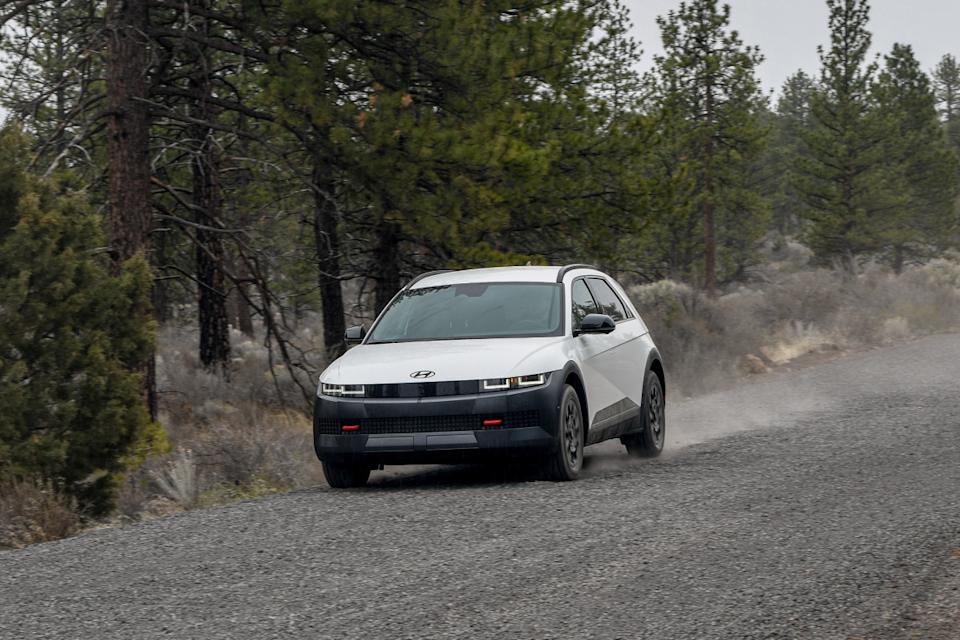 Kristen Brown
Kristen BrownI enjoyed being in the Hyundai IONIQ 5 XRT. If I were in the market for an EV, that would be the one I’d buy. Its styling and personality won me over immediately, while it took me a while to warm up to the Ford. I think that’s why the XRT model is catching on so quickly—more people are feeling it, too.
Ford Isn’t Going to Like the 2025 Hyundai IONIQ 5 XRT’s Price and Rugged Looks first appeared on Autoblog on Jul 7, 2025
This story was originally reported by Autoblog on Jul 7, 2025, where it first appeared.





